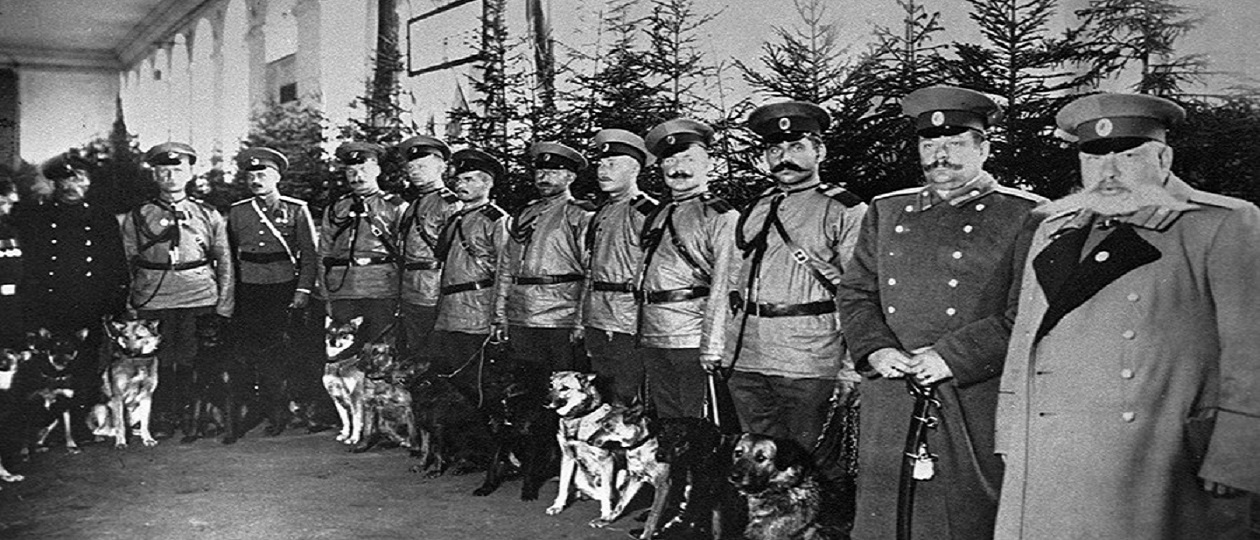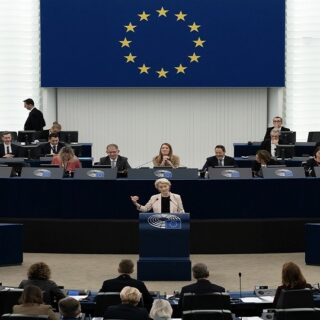
When we try to determine the place of terrorism in the Russian Empire between 1866-1911 in the history of global terrorism, terrorism in Russia takes on a new dimension of being terrorism in its purest form.
More and more, scholars and publicists group terrorists under the general category of “non-state armed actors” and call terrorism a variation of “asymmetrical war” or “irregular warfare”. The categories of “armed non-state actors” include terrorists, members of partisan or guerilla organizations, insurgency movements, political bands of political parties and movements, private militias, paramilitary formations, and mercenaries. It appears that terrorism has its place on the specter of political violence, but scholars and publicists too often blur the lines between terrorism and other types of political violence.
Terrorism in the Russian Empire reached its peak between 1901-1911 when leftist terrorists killed or wounded nearly 17,000 people. Three other types of mass violence also took place during this period:
(1) the violence of mass protest movements representing different sectors of the population;
(2) government violence aimed at suppressing revolutionary and oppositional movements and all types of mass protest movements;
(3) common criminal violence, especially murders and armed robberies.
But even in Russia, terrorism sometimes intersected with mass violence and common criminal violence. The biggest outbreaks of mass protest violence happened in the borderlands of the Empire, particularly in Poland, Ukraine, Belarus, Moldova-Bessarabia, Estonia, Latvia, Lithuanian, and the Caucasus. In these regions, social, ethnic, and religious conflicts generally intersected, unlike in the core ethnic Russian regions.
Terrorist actions often combined ethnic, religious, and social factors in the borderlands. It was often difficult for police to distinguish between political and criminal motives in murders and armed robberies. Left-wing terrorists often committed “revolutionary expropriations” — armed robberies — to obtain money for the cause. Common criminals, accused of murder or robbery, often claimed they were anarchists or revolutionaries, partly because they wanted the relatively privileged status of political prisoners.
Nevertheless, in the context of the history of terrorism from the late 19th century to the present, terrorism in the Russian Empire existed in probably its purest form. Even if we compare Russian terrorism to terrorism in other parts of the world during the time, we find that scholars often had different criteria for defining terrorism in different countries.
For example, American scholars use a broad definition of terrorism and include every violent act committed for political, social, racial, ethnic or religious reasons as terrorism.
I recently wrote an article for a Russian journal on political terrorism in the United States between 1865-1914. The biggest category of terrorist acts was considered lynching of Afro-Americans by whites. Scholars often regarded violent acts committed by different sectors of the population during the settling of the United States and American Revolution as acts of terrorism. In Russian history, similar acts would be grouped under the category of violence of mass movements.
Terrorism in the late 20th to the early 21st century has many aspects that simply had no equivalent in Russian, European, and American terrorism before 1914. These aspects include state-sponsored terrorism — terrorism used by governments as a substitute form of warfare against other governments —, governments using death squads to kill real or imagined political opponents in their own countries, piracy on oceans and seas, terrorists establishing alliances with narcotics traders, terrorists using weapons of chemical and biological warfare, eco-terrorism, including violent animal rights groups.
There are even gender terrorists, for example, “incels” — involuntary celibates — men who cannot establish relationships with women and, thus, kill women.
Then there are the mass violent movements. In Europe, for example, we have the “Yellow Vests” movements and anti-austerity movements directed against the European movement. Other regions and countries have paramilitary movements and armed political gangs. Note that these movements are in continual flux, they can show peak periods of violence and then dissolve.
Political violence always emerges and develops in different countries and regions in different periods under specific conditions and circumstances. Political terrorism in the Russian Empire between 1866-1911 happened in a period that had virtually ideal conditions for terrorism in its purest form.





